Sichuan, often called “Chuan” or “Shu” in Chinese, is located in southwestern China and is one of the country’s most diverse and dynamic provinces. Its capital, Chengdu, is not only the economic and cultural center of the region, but also a gateway to breathtaking landscapes and centuries-old traditions. Known as the “Land of Abundance,” Sichuan combines rich history, spiritual heritage, and world-class cuisine with some of China’s most iconic natural attractions.
With its varied geography—ranging from fertile plains to snow-covered peaks—Sichuan is a dream destination for travelers seeking both cultural immersion and natural beauty. Whether you’re here for spicy hotpot, giant pandas, or ancient temples, Sichuan offers unforgettable experiences around every corner.
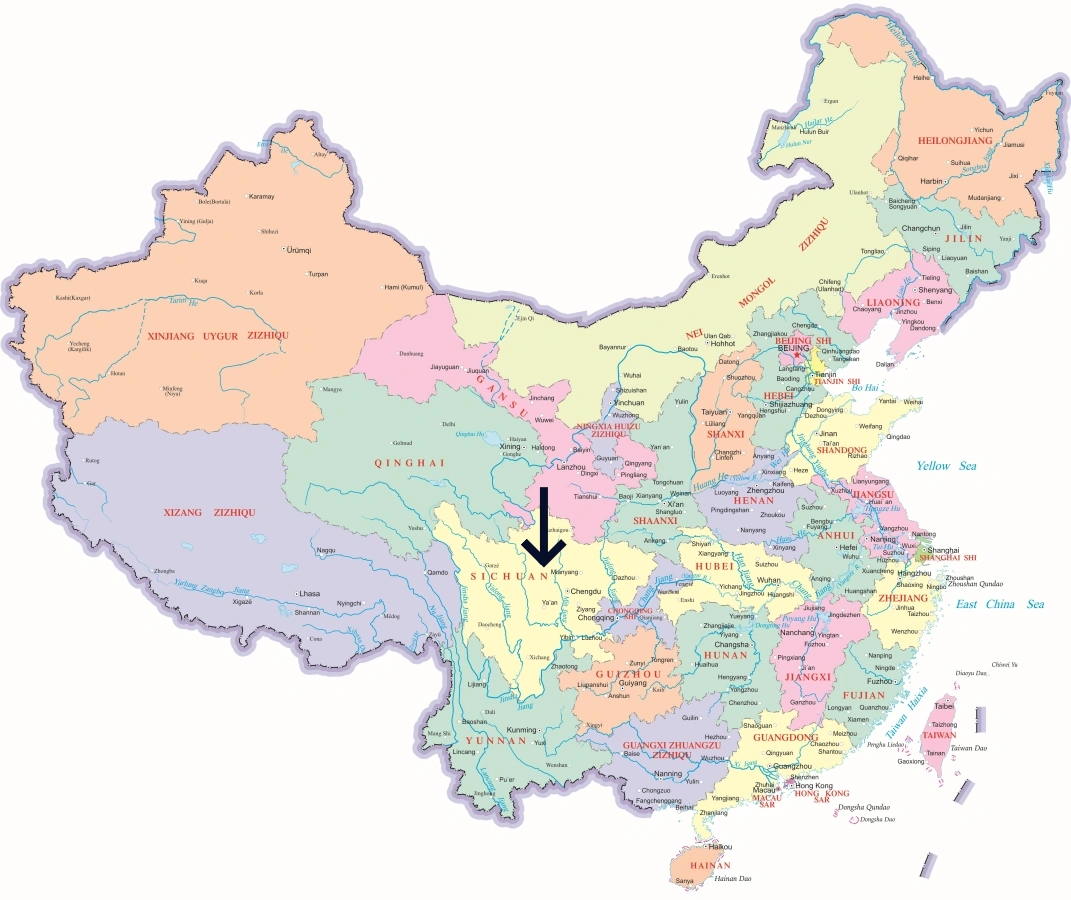
Sichuan has 18 prefecture-level divisions, each offering unique scenery, culture, and travel experiences. From bustling cities to remote Tibetan villages, the province is a mosaic of ethnic diversity, ecological wonder, and spiritual legacy.
Most visitors begin their journey in Chengdu, the province’s vibrant capital. But cities like Leshan, Emeishan, and Jiuzhaigou are just as captivating, offering sacred Buddhist landmarks and stunning natural sites. If you’re looking to go deeper, explore places like Aba, Ganzi, and Liangshan, where Tibetan and Yi cultures thrive against highland backdrops.
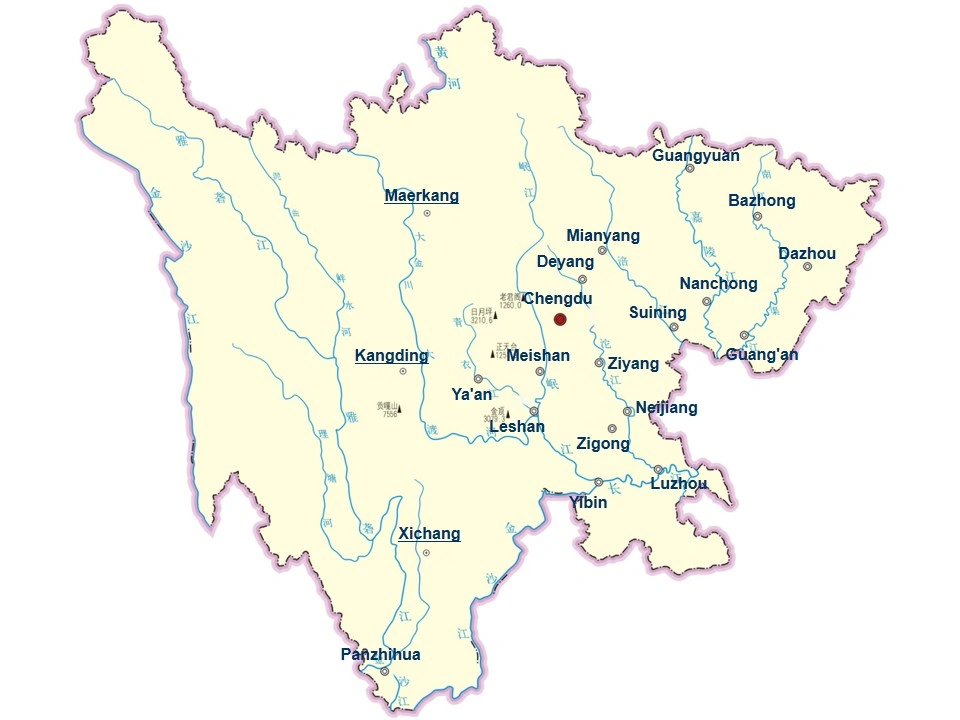

The capital of Sichuan, Chengdu blends tradition and modern life. It’s famous for the Chengdu Research Base of Giant Panda Breeding, lively teahouses, and historic sites like Wuhou Shrine and Du Fu Thatched Cottage. As the heart of Sichuanese cuisine, it's also the best place to dive into local food culture.
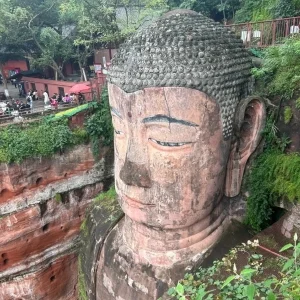
Home to the world-famous Leshan Giant Buddha, this city sits at the confluence of three rivers. The massive stone carving is the largest of its kind, and the surrounding area includes serene temples and mountain trails.
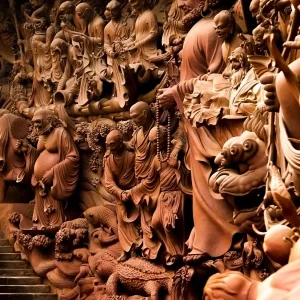
As Sichuan’s second-largest city, Mianyang is known for its tech-driven economy and connection to China’s aerospace industry. It's also a gateway to scenic spots like the Beichuan Earthquake Memorial and the hometown of poet Li Bai.
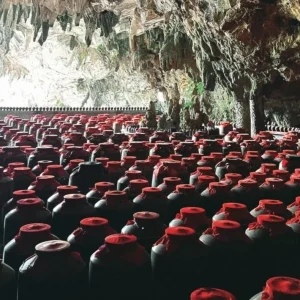
Nicknamed “China’s Liquor Capital,” Luzhou is the birthplace of the renowned Luzhou Laojiao baijiu. Beyond the distilleries, the city offers riverside beauty and historical charm.
From ancient temples and Buddhist shrines to snowcapped mountains and lush valleys, Sichuan is packed with unforgettable destinations. Whether you’re into trekking, photography, culture, or wildlife, there’s something for every traveler here.

-300x300.webp)
Known as a fairytale land, this national park features mirror-like lakes, multicolored forests, and Tibetan villages. It’s one of China’s most iconic nature reserves.

Carved during the Tang Dynasty, this 71-meter-high stone Buddha is nestled into a cliffside overlooking a river. It’s a UNESCO World Heritage site and a must-see marvel of ancient engineering.
-300x300.webp)
Sacred to Buddhists, Mount Emei offers a peaceful blend of nature and spirituality. Highlights include the Golden Summit, Baoguo Temple, and panoramic views above the clouds.
-300x300.webp)
An ancient water-control project that dates back to 256 BC. Still in use today, it showcases ancient Chinese ingenuity and is listed as a UNESCO World Heritage site.
-300x300.webp)
The best place to see giant pandas up close in their naturalistic habitat. The base focuses on breeding, conservation, and public education—perfect for families and animal lovers.
-300x300.webp)
Often called “the last Shangri-La,” this remote area features sacred snow mountains, crystal-clear lakes, and expansive grasslands. It’s ideal for high-altitude hiking and photography.
Sichuan cuisine, or “Chuan Cai,” is one of China’s Eight Great Culinary Traditions. It’s best known for bold flavors, especially the unique tingle of Sichuan peppercorns and rich chili-based sauces. Each region has its own take—from the numbing heat of Chengdu to the smoky depth of Zigong dishes.
Beyond spice, Sichuan cooking also emphasizes texture, aroma, and color. Street food and snacks are just as popular as banquet-style meals, making it a true food lover’s paradise.
-300x300.webp)
A culinary institution. This bubbling red broth is flavored with chilies and peppercorns, offering a communal dining experience with meats, tofu, and vegetables dipped tableside.
-300x300.webp)
A spicy, aromatic dish featuring soft tofu and minced meat simmered in a chili-bean sauce. It's one of the most iconic dishes of Sichuan cuisine.
-300x300.webp)
Thinly sliced beef and offal served cold in a spicy, numbing sauce. Despite its name—literally “Husband and Wife Lung Slices”—there’s no lung involved.
-300x300.webp)
Known locally as "Boboji," these skewers are soaked in spicy broth and eaten cold—perfect for summer snacking.
-300x300.webp)
Crisp and flavorful, this paper-thin jerky makes a perfect snack or gift.
-300x300.webp)
Hand-pulled wheat noodles tossed in a mildly sweet, spicy sauce. Simple, yet addictive.
-300x300.webp)
A savory mix of soft tofu and seasoned rice, topped with chili oil and Sichuan herbs. Comfort food at its finest.
Sichuan covers approximately 485,000 square kilometers, making it the fifth-largest province in China. The population is around 83 million. Below are key cities and regions with area and population estimates (as of 2023):
Chengdu: 14,335 sq km, approx. 21 million people
Mianyang: 20,250 sq km, approx. 4.7 million
Leshan: 12,827 sq km, approx. 3.2 million
Deyang: 5,911 sq km, approx. 3.7 million
Nanchong: 12,578 sq km, approx. 5.6 million
Yibin: 13,283 sq km, approx. 4.5 million
Luzhou: 12,232 sq km, approx. 4.1 million
Zigong: 4,383 sq km, approx. 2.5 million
Dazhou: 16,591 sq km, approx. 5.8 million
Guang’an: 6,344 sq km, approx. 3.2 million
Bazhong: 12,326 sq km, approx. 3.1 million
Aba Prefecture: 84,000 sq km, approx. 0.9 million
Ganzi Prefecture: 151,000 sq km, approx. 1.1 million
Liangshan Prefecture: 60,400 sq km, approx. 4.8 million
Sichuan has a wide range of climates due to its diverse topography. The Sichuan Basin (where Chengdu and Leshan are located) features a humid subtropical climate with misty winters and hot summers. Meanwhile, the western plateau areas experience dry, high-altitude conditions with big temperature swings.
Here’s a monthly climate guide for the basin region:
January: 37–48°F (3–9°C), foggy and damp
February: 41–52°F (5–11°C), cool and overcast
March: 46–61°F (8–16°C), flowers begin to bloom
April: 54–72°F (12–22°C), warm and pleasant
May: 61–79°F (16–26°C), ideal for sightseeing
June: 68–84°F (20–29°C), start of summer rain
July: 73–91°F (23–33°C), hottest and most humid
August: 72–90°F (22–32°C), steamy but manageable
September: 66–82°F (19–28°C), cooler and drier
October: 57–73°F (14–23°C), great for outdoor trips
November: 48–63°F (9–17°C), layers recommended
December: 39–52°F (4–11°C), chilly and cloudy
The best time to visit Sichuan is from March to June and September to November, when temperatures are moderate and scenery is at its best.
Below are the main postal and telephone area codes for key cities in Sichuan:
Chengdu: 610000, area code 028
Mianyang: 621000, area code 0816
Leshan: 614000, area code 0833
Deyang: 618000, area code 0838
Nanchong: 637000, area code 0817
Yibin: 644000, area code 0831
Luzhou: 646000, area code 0830
Zigong: 643000, area code 0813
Dazhou: 635000, area code 0818
Guang’an: 638000, area code 0826
Bazhong: 636600, area code 0827
Aba (Maerkang): 624000, area code 0837
Ganzi (Kangding): 626000, area code 0836
Liangshan (Xichang): 615000, area code 0834
